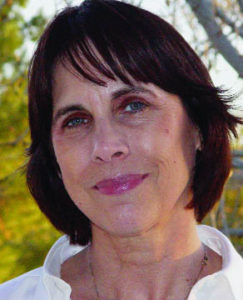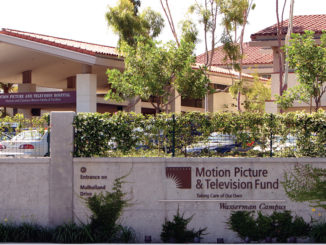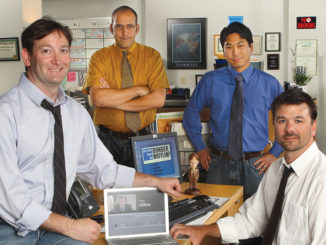
by Lynne Willingham

I was a Valley girl, oldest of 12 siblings. I grew up in Studio City in the shadow of the old Republic Studios. My dad was an actor until that job wasn’t steady enough to take care of his growing family. My friends were kids whose folks worked in the business. With all that, you’d think that I’d just fall into a film career––but not so.
I worked in retail sales while attending UCLA, where I studied art. I married for the first time in my junior year with every intention of returning to school. But that never happened. By the time I was 25, I was a store manager working long hours with little respect and a low level of creativity. I needed a change.
My brother, Steve Mirkovich, was an assistant editor. He suggested that film editing could be a good offshoot for my art background. There were no internships then, but if you were lucky, an editor would take you under his wing. My benefactor was Mike Murphy, who was dating a friend of mine. I asked if I could hang out in his cutting room and observe. For six months, I learned the basics of film assisting at the Universal “film school.”
I got into the union with a small sound effects company that signed with the IA, but I really wanted to be in picture editing. I was lucky enough to get hired in Paramount film shipping, joining the large pool of apprentices who carried film to screening rooms, cleaned out vaults and did whatever grunt work was necessary to keep a large studio working. It was great!
Better yet was the call from a show’s assistant who needed help, because then one of us would be sent to work on real film. Each show had thousands of feet of 35mm film, which had to be synched up and coded. After the editor finished a scene, the film trims would be filed by code numbers into trim boxes so they could be found later when changes needed to be made. Accuracy was so important. A lost trim or a miscoded reel at a crucial time was a nightmare. The more careful you were in assisting the assistant, the better chance you had of being requested in the future. Enough requests could get you moved up and out of shipping.
My first electronic system was Laser Edit. This linear editing system worked off laser discs––large platters that would warp and skip when they got too warm. We had to put them in the refrigerator so they’d flatten out!
Finally, I became a “second assistant,” which was really just a glorified apprentice. I worked on two series at a time, doing dailies with the first assistant. When the season ended, I returned to film shipping. I stayed at Paramount for five years, working on Happy Days, Laverne & Shirley, Mork & Mindy and a slew of pilots––and eventually got bumped up to assistant editor.
In 1984, I went with an editor I assisted at Paramount to Stephen Cannell Productions, a very busy independent production company with lots of opportunities to cut scenes. My editors were great about letting the producers know what I’d cut and the producers were supportive, but there was little opportunity to move up.
So I left Cannell to work with editor Bob Seppey, ACE, from Paramount, and our friend John Heath on the final season of St. Elsewhere. John had an opportunity to direct there and said that if I came over to assist, he’d get me moved up to put his episode into first cut. It worked out so well that the producers gave me to two others to co-edit.
After this, I went back to Stephen Cannell as an assistant, with the idea that when the next opportunity arose, I’d be moved up. About six months later, I became an editor on a show called Top of the Hill.
In 1989, almost all film was cut on a Moviola. My first electronic system was Laser Edit. This linear editing system worked off laser discs––large platters that would warp and skip when they got too warm. We had to put them in the refrigerator so they’d flatten out! My second was the Ediflex––a great advancement. Since then, everything I’ve cut has been on an Avid.
In 1997, I started on The X-Files and received an Emmy and Eddie nomination. I worked on the show for its last five seasons with more talented people than I can count, many with whom I’ve worked on other projects, including Empire––a mini-series which was shot and cut in Rome with my husband, Chris––and Breaking Bad, for which I received an Emmy Award and ACE Eddie and Hollywood Post Alliance Award nominations.
Early on, Bob Seppey taught me that in the midst of crazy, you can have a good time and that a positive, calm attitude is one of the most important qualities in an editor. I try to pass this on to every assistant with whom I work. I love what I do and the people I work with and I’m having the time of my life.





